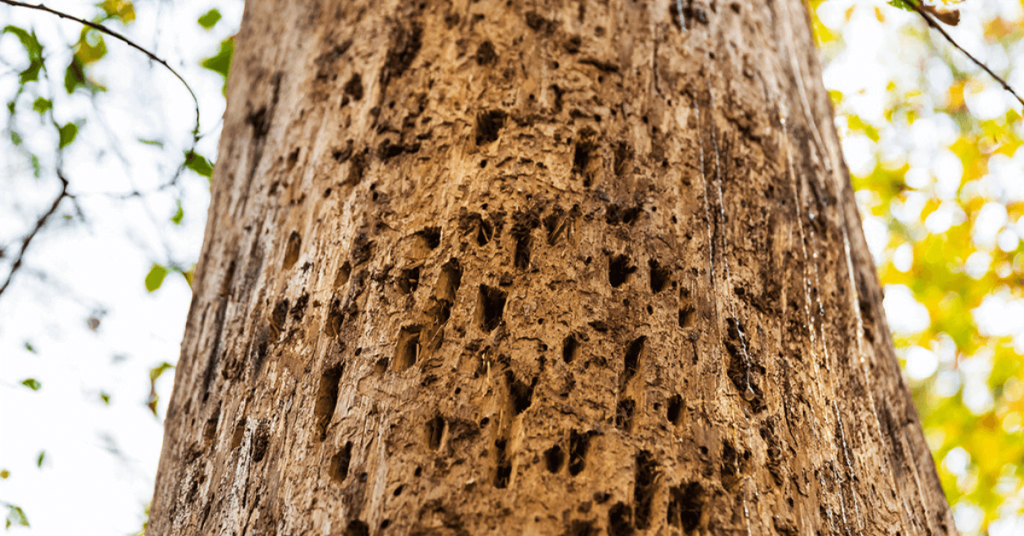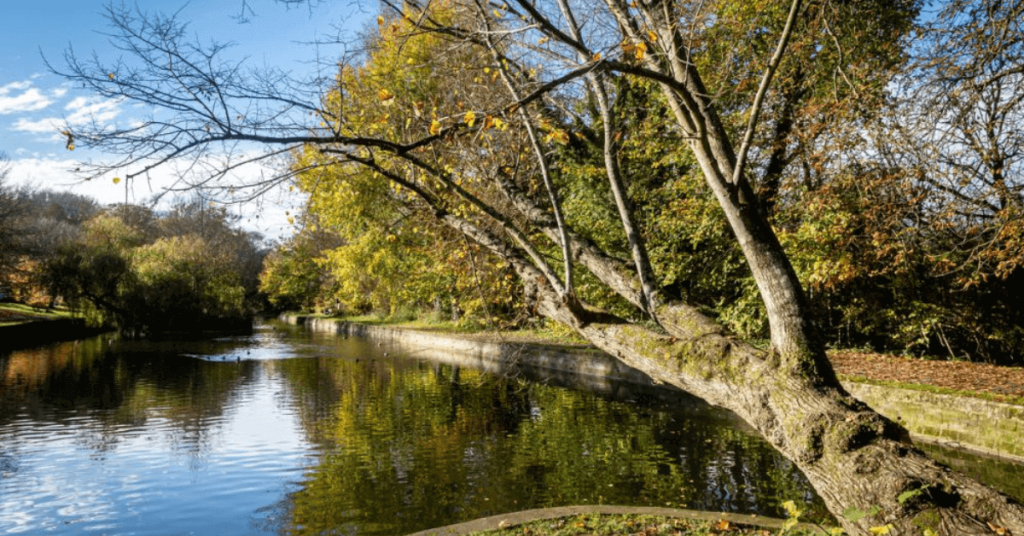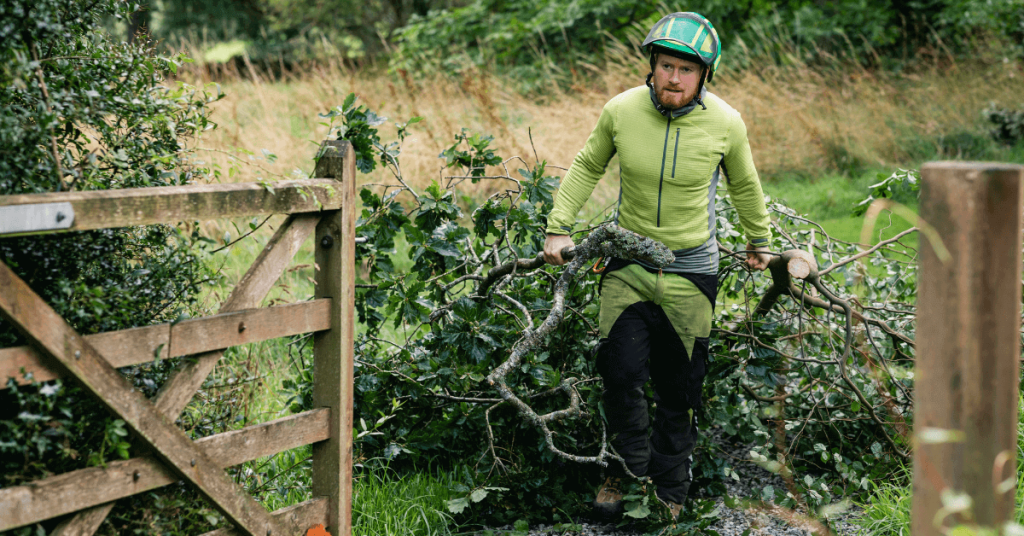Did you know that pest infestations can be hazardous to the health of your trees? Yes, it’s true! Regularly checking your trees for signs of infestation can help keep them vibrant. By understanding the signs of a possible pest problem, you will be able to quickly address any concerns and keep your tree as healthy as possible.
In this blog post, we’ll discuss how to check for pests on trees, how to recognize common symptoms of pest infestations and what steps you should take if a problem arises. Read on to find out more about keeping your trees safe from damaging pests!
How To Check Your Trees For Pest Infestation?
Checking your trees for pests is a critical step in ensuring their health and longevity. Pests can cause significant damage to trees and infestations often worsen if left untreated.
Here are some steps you can take to inspect your trees for pest infestation:
- Examine the branches, leaves and bark of your trees for signs of pests, such as holes or discoloration.
- Look for webs and other evidence of spider infestations.
- Check the roots for any signs of root rot or fungal growth. You may also want to inspect the ground around your trees for suspicious-looking mounds that could indicate a termite infestation.
- Inspect any fruits or nuts that are growing on your trees for signs of insect damage.
- Unusual tree behavior can also indicate a pest infestation. If your trees appear to be drooping or shedding leaves in abnormal amounts, they could be suffering from an insect problem.
Once you’ve identified possible signs of pests, contact a professional tree care service for further assessment and treatment. Professional arborists will be able to identify the exact type of pests and recommend the best course of action for your trees.
What tools are needed to check the pest infection on trees?
The most basic tools and equipment needed to check for pest infection on trees include:
- Pruning Shears: Used to take a close look at leaves, branches and bark for signs of damage or the presence of pests.
- Magnifying Glass: Used to better inspect the trees and look for signs of damage or pest infection.
- A Flashlight: Used to light up dark areas of the tree, allowing for more thorough inspections.
- Binoculars: Used to inspect the tree from a distance, making it easier to spot signs of damage in hard-to-reach spots.
- Pest Handbooks: These provide detailed information about different types of pests and their effects on trees, as well as how to identify and treat them.
- Stethoscope: Used to listen for signs of insects or other pests inside the tree, such as rustling or chewing sounds.
What are the risks associated with having a pest-infested tree?
1) Damage to your property
Pests can feed on the leaves, bark and wood of trees, weakening them and leading to damage or even death. This can result in costly repairs if the tree falls onto your home, car or other property.
2) Disease spread
Some pests are capable of carrying diseases that can spread to your other plants or even you and your family.
3) Unsightly appearance
Pests can leave behind unsightly webs, mounds of dirt or other evidence that detract from the aesthetic value of the tree. This can be especially concerning if the tree is in a prominent spot in your yard.
4) Infestation of other pests
Many pests lay eggs or reproduce in trees, which can lead to an infestation of other pests such as ants, roaches and rodents. This can be difficult and expensive to control.
5) Structural damage
Pests can cause structural damage to your tree if they tunnel through the trunk or branches. This can cause the tree to become unstable and unsafe, making it more susceptible to strong winds or other external forces.
6) Loss of wildlife habitat
When trees are weakened by pests, they may lose their ability to provide a habitat for local wildlife. This can have a serious impact on ecosystems in your area.
7) Reduced lifespan
Finally, pest infestations can drastically reduce the lifespan of your tree by weakening it and making it more prone to disease and damage.
By understanding the risks associated with a pest-infested tree, you can take steps to protect your property and ensure the health and longevity of the tree.
What are some common pests that can infest trees?
Some of the most common tree pests include caterpillars, scale insects, spider mites, borers, bark beetles,
- Aphids: These small insects feed on the sap of trees, causing yellowing leaves and stunted growth.
- Bark Beetles: These beetles bore into the bark of trees and can cause extensive damage in a short amount of time.
- Caterpillars: These larvae feed on young foliage, severely limiting tree growth.
- Scale insects: These tiny insects attach themselves to trees and feed on sap, reducing their health and vigor.
- Spider mites: These microscopic creatures feed on tree leaves and can cause discoloration and premature leaf drop.
- Borers: These insects bore into the wood of trees, weakening them over time. These pests can be hard to spot until they’ve caused serious damage.
- Mites: These tiny pests feed on tree leaves and can cause yellowing, wilting and premature leaf drop.
If you suspect any of these pests are present, contact a professional arborist for help in removing them and preventing future infestations.
Prevention tips to keep your trees healthy and pest free
- Keep your trees pruned regularly to remove dead, diseased or broken branches. Prompt removal of any limbs that are rubbing against each other or are otherwise interfering with the tree’s natural growth.
- Regularly inspect your trees for signs of pest problems and take appropriate action if any damage is observed. If a problem does occur you may need to use an insecticide or horticultural oil to help combat it.
- Water your trees regularly, especially during dry periods, to help maintain the tree’s health and discourage potential pest problems.
- Mulch around the base of trees to help keep the roots cool and damp in summer and warm in winter, which can reduce stress on the tree and create an unfavorable environment for pests.
- Use of insecticides and pesticides should be kept to a minimum. If necessary, use organic options that are less toxic to the environment and other species.
- Keep grass, weeds and other vegetation away from the tree’s trunk and roots to prevent pests from taking up residence.
- Plant trees in an area with adequate sunlight and drainage that is suitable for their particular species to help reduce the risk of pest infestations or disease.
- Properly dispose of plant debris such as leaves, twigs and branches to prevent the spread of pests.
- Consider using companion plants around your trees that act as natural repellents for certain insects or diseases. Examples include marigolds, garlic and chrysanthemums.
Final Words
Inspecting your trees for signs of pests should be a routine part of your landscaping maintenance. It’s always better to be safe than sorry when it comes to the health of your trees. To check for pest infestation in trees, inspect the leaves, branches and trunk for signs of damage such as holes, chewed and sticky substances.
Additionally, look for the presence of pests themselves. If an infestation is suspected, it is important to promptly contact a tree care professional for proper identification and treatment options.
By following these tips on how to check for pest infestation, you can save yourself a lot of time and money. Do you have any other tips on how to check for pests in trees? Let us know in the comments below!




